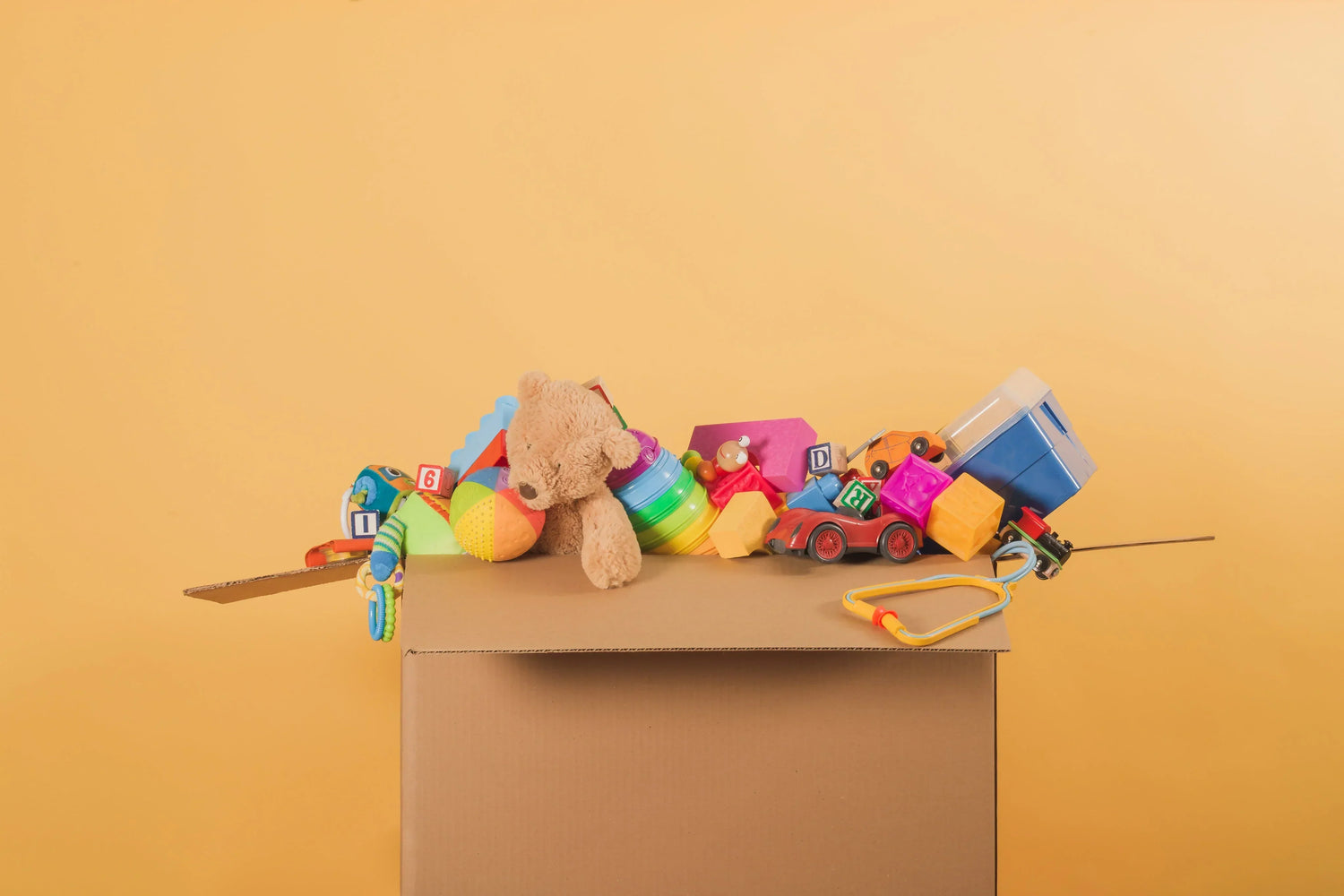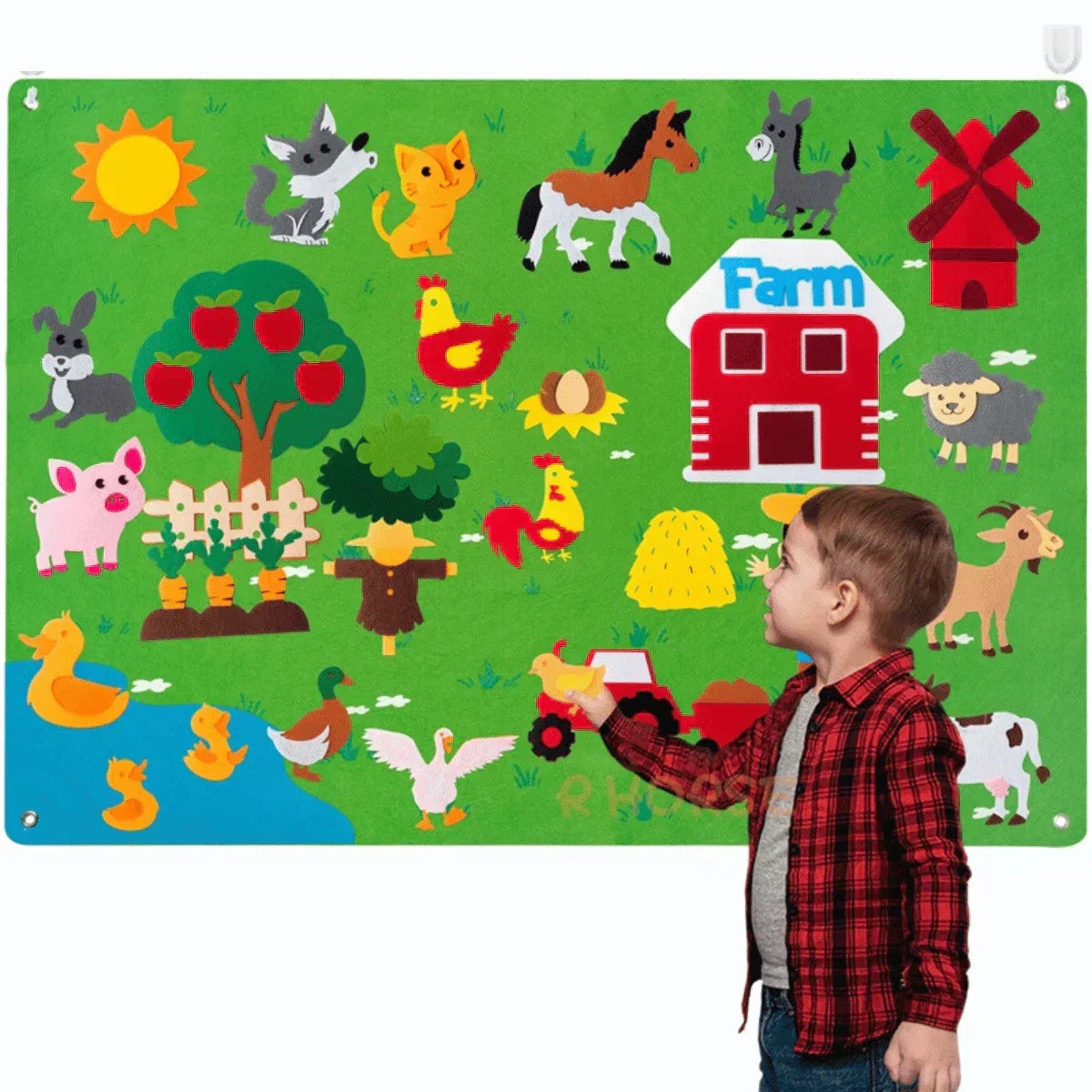Toys have been an essential part of childhood for thousands of years, evolving alongside human civilization. From simple handmade dolls to high-tech robotics kits, the history of toys reflects cultural values, technological advancements, and educational philosophies.
In this deep dive, we explore:
-
The origins of toys in ancient civilizations
-
How the Industrial Revolution changed play forever
-
Iconic toys of the 20th century
-
The digital revolution and smart toys
-
What the future holds for playtime
1. Ancient Beginnings: The First Toys in History
Archaeological evidence shows that children have played with toys since prehistoric times. Some of the earliest known toys include:
-
Stone Age (30,000 BCE): Miniature animal figurines carved from bone or stone
-
Ancient Egypt (2000 BCE): Wooden dolls with movable limbs, spinning tops, and marbles
-
Ancient Greece (500 BCE): Yo-yos, hoops, and pull-along animals on wheels
-
Medieval Europe: Wooden swords, hobby horses, and early board games
Why it matters: These toys weren’t just for fun—they prepared children for adult roles (hunting, parenting, warfare).
2. The Industrial Revolution (18th–19th Century): Mass Production Changes Play
Before the 1800s, most toys were handmade by families or local craftsmen. The Industrial Revolution introduced:
-
Tin toys (trains, cars) – Made possible by sheet metal stamping
-
Porcelain dolls – Factory-produced with detailed facial features
-
Early board games – Like "The Mansion of Happiness" (1843)
Key shift: Toys became more affordable and widely available, though still luxury items for many.
3. The Golden Age of Toys (Early–Mid 20th Century)
The 1900s saw an explosion of iconic toys, many still beloved today:
| Decade | Breakthrough Toys | Cultural Impact |
|---|---|---|
| 1920s | Lincoln Logs, Tinker Toys | Encouraged architectural creativity |
| 1930s | Monopoly, Yo-Yo | Reflected economic recovery |
| 1950s | LEGO, Barbie, Mr. Potato Head | Post-war consumer boom |
| 1960s | G.I. Joe, Etch A Sketch | Mirroring space race/cold war |
| 1970s | Rubik’s Cube, Star Wars action figures | Rise of pop culture tie-ins |
Notable trend: TV advertising (especially Saturday morning cartoons) began driving toy demand.
4. The Digital Revolution (1980s–2000s): From Pixels to AI
Technology transformed play with:
-
Video game toys (1980s): Nintendo, Tamagotchi
-
Interactive dolls (1990s): Furby, Tickle Me Elmo
-
Smart toys (2000s): LeapFrog, VTech learning tablets
Dark side: Concerns grew about screen time replacing physical/social play.
5. Modern Toy Trends (2010s–Present)
Today’s toys blend physical and digital experiences:
-
STEM-focused toys (Coding robots, 3D pens)
-
Eco-friendly materials (Bamboo, recycled plastics)
-
Augmented Reality (AR) games (Pokémon GO, Merge Cube)
-
Inclusive dolls (Diverse skin tones, disabilities)
Parental shift: Growing demand for toys that are educational, ethical, and screen-limited.
6. The Future of Toys: What’s Next?
Emerging trends suggest:
-
AI customization: Toys that adapt to a child’s learning style
-
Biodegradable materials: To reduce plastic waste
-
VR integration: Fully immersive play worlds
-
Toy rentals/subscriptions: Reducing clutter and waste
Core challenge: Balancing technology with tactile, imaginative play.
Conclusion: Play Through the Ages
From ancient rattles to robot-building kits, toys have always mirrored human innovation. Yet the best toys—whether made of wood or microchips—share timeless traits: they spark joy, nurture creativity, and help children understand their world.
At Rimpub, we honor this legacy by curating toys that blend tradition with progress—because every generation deserves playthings that help them learn, grow, and dream.
What was YOUR favorite childhood toy? Share your memories with us!




Leave a comment
This site is protected by hCaptcha and the hCaptcha Privacy Policy and Terms of Service apply.